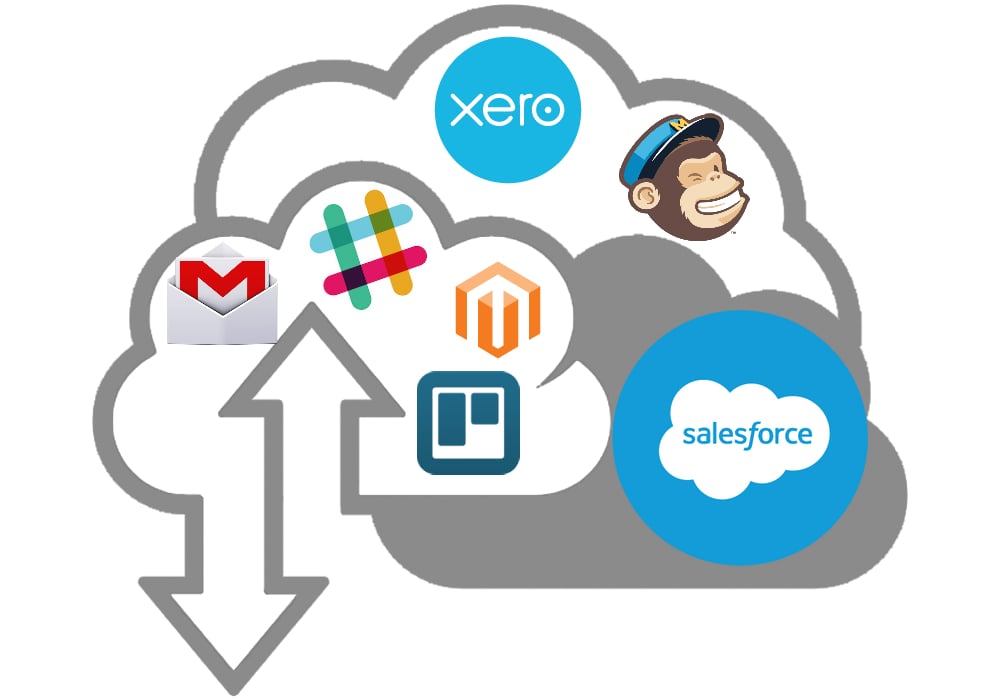The Ultimate Guide To System Integration (API, iPaaS, ESB, ETL, automation, no-code, solution architecture, consultancy)

Engineering defines system integration as a process of connecting the component subsystems into a single whole with the system’s overarching functionality. Information technology, in its turn, describes this process as different computing systems and software solutions combined to act as a coordinated whole. Both system integration definitions share the same idea: two independent entities are bound together and merged into something powerful, stable, and coherent. System integration incorporates a range of methods to achieve this goal, including manual programming, business process management, enterprise application integration, and computer networking. Can you imagine that such complex processes may happen automatically and without a single line of code written by the person who creates the integration?
That’s how system integration can be implemented! In the following article, we explore how it happens nowadays and what its background is. You will first find out what automation is. We explain four types of automation and the impact of IT automation on system integration. After that, we proceed to the no-code principle. You will learn what it is and how it helps to create system integrations for non-technical users. Next, we briefly describe what API is and how important it is in integrating two systems. The chapter sheds light on the basics of API architecture and different types of APIs.
In the next chapter, you will learn what system integration is, what methods it uses, and what data integration patterns it incorporates. We also highlight the core types of system integration solutions along with system integration examples and ideas.
A separate chapter is dedicated to iPaaS as the most modern, powerful, and user-friendly way to integrate multiple systems. You will discover common iPaaS features and workflow. Also, we briefly explore ESB and ETL and their role in system integration. Continue Reading
